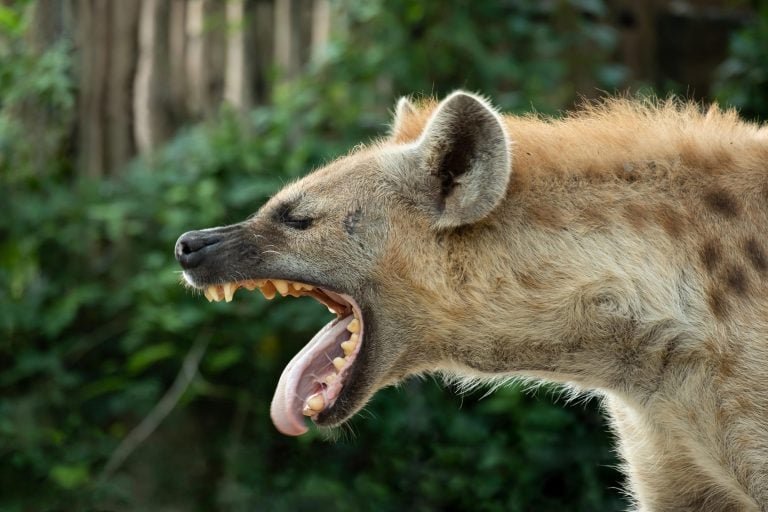A groundbreaking study published in PeerJ Life & Environment reveals the remarkable adaptability of bone-cracking hyenas, defying conventional wisdom on carnivore evolution. Researchers led by Dr. Jack Tseng uncovered the unique ability of these predators to maintain bite efficiency despite tooth wear.
The Study: Hypercarnivore Dental Durability
Analyzing three types of carnivorous mammals—meat specialists, scavengers, and bone-cracking predators—scientists examined jaw mechanics and biomechanical adaptations to tooth wear. Key findings:
- Bone-cracking hyenas: Efficiently adapt to tooth wear, increasing bite efficiency without added jaw stress.
- Meat specialists and scavengers: Fail to demonstrate significant biomechanical compensation for tooth wear, relying on behavioral modifications instead.
Evolutionary Insights from Extinct Species
The study extends to the extinct Hyaenodon, revealing similar adaptations to modern hyenas. This challenges current views on carnivore evolution and highlights species-specific evolutionary pressures.
Expert Insights
“Adult teeth in living mammals are irreplaceable. Our study shows that predators develop remarkable strategies to compensate for tooth wear,” explains Dr. Tseng.
Implications for Carnivore Evolutionary Studies
This research:
- Challenges conventional carnivore classification.
- Highlights dynamic relationships between evolutionary adaptations and life history stages.
- Invites scientists to reassess carnivore guilds, past and present.
References
Tseng et al. (2024). Biomechanical adaptations to tooth wear in hypercarnivores. PeerJ Life & Environment.

















